- overview of the compute shader execution and pipeline model
- explains how instructions are executed, what the difference between uniform and non-uniform work is and how it relates to SGPRs and VGPRs
- using the example of texture downsampling to present the performance profile of a pixel shader solution and why a compute shader solution can achieve better performance

- overview of the GPU execution model, the difference between scalar and vector registers and instructions
- explains the concept of scalarization and how wave level instructions enable this process
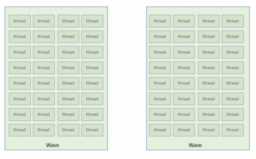
- walkthrough of two different strategies to scalarize the forward+ shading loop
- provides code, step by step analysis and links to more in-depth presentations
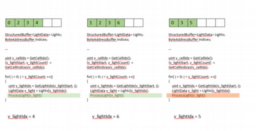
- overview of some of the technical papers that will be presented during SIGGRAPH Asia 2018, 4-7 December 2018 in Tokyo
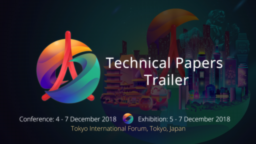
- adding support for multiple meshes and GPU frustum culling and submission
- one Dispatch to execute culling and one ExecuteIndirect is used to draw the rest of the scene
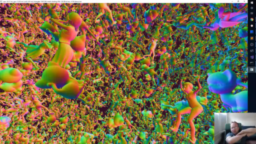
- improving culling performance through the removal of dummy draw calls
- implementation of LOD selection per mesh
- support querying of pipeline statistics to gather information about the number of triangles drawn
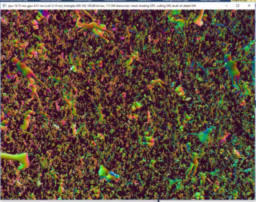
- A walkthrough that explains all the concepts and shaders necessary to ray trace a single colored triangle using the Vulkan raytracing extension
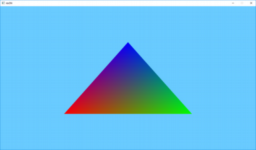
- explains how to convert the code from the Ray Tracing in One Weekend book to use CUDA
- the source code is available here, one branch for each chapter
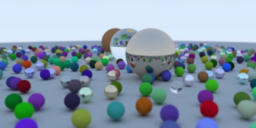
- unity tutorial that explains how to create a signed distance field for a 2D circle and rectangle
- how to apply transformations (translation, rotation, scale) and how to visualize the distance field to aid debugging
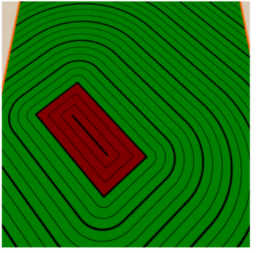
- explains how to implement 3D picking in a Metal application
- overview of coordinate spaces and how to convert between them
- hit-testing performed using a ray vs. bounding sphere test
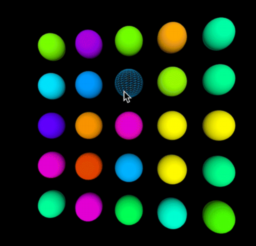
- a tool, now open source, that allows the compilation of HLSL and shows the disassembly in DXBC and AMD GCN
- includes a small utility to visualize the effect of a fullscreen pixel shader effect

- list of image effects found in tools such as Photoshop with a small explanation and GLSL code snippets

If you are enjoying the series and getting value from it, please consider supporting this blog.
Support this blog